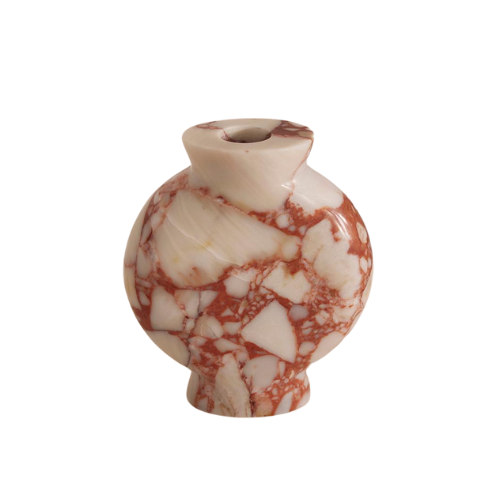Wait, Quartz and Quartzite Aren't the Same Thing? Experts Break Down the Differences Between These Trending Kitchen Surfaces
These two materials have more differences than their similar names may suggest. Our experts break them down, so you can choose which one works for you
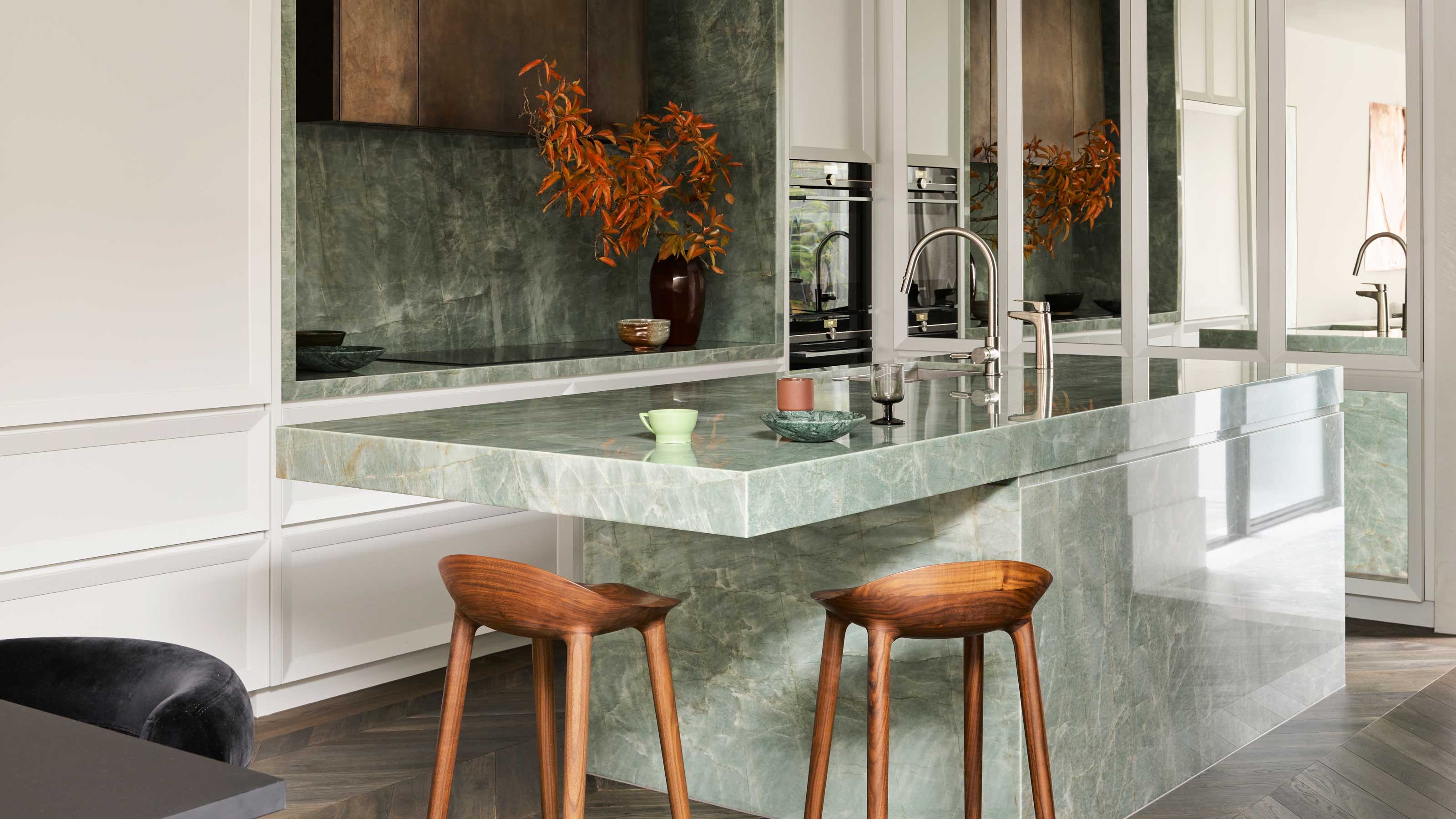

Whether you're nearing completion or just beginning your kitchen renovation journey, it's highly likely that you've, at some point, found yourself questioning the differences between quartz vs quartzite.
We get it, with such similar-sounding names, who couldn't get the two confused sometimes? After all, they both come from quartz; how different could they be?
Well, you may be surprised to know that the answer is very different. These two popular kitchen countertop materials may sound the same, but the way they look, and indeed the treatment they require, can vary significantly from one another. While one is constructed through a manmade process, the other is a naturally occurring stone. These differences in production shape how these two materials perform, and can make or break the final finish of your kitchen, completely determining the way your kitchen both looks and feels.
So, to help steer us in the right direction, we consulted our rock-solid team of experts, picking their brains on all the pros and cons of each material, and helping us determine which one is right for you.
What Is Quartz?
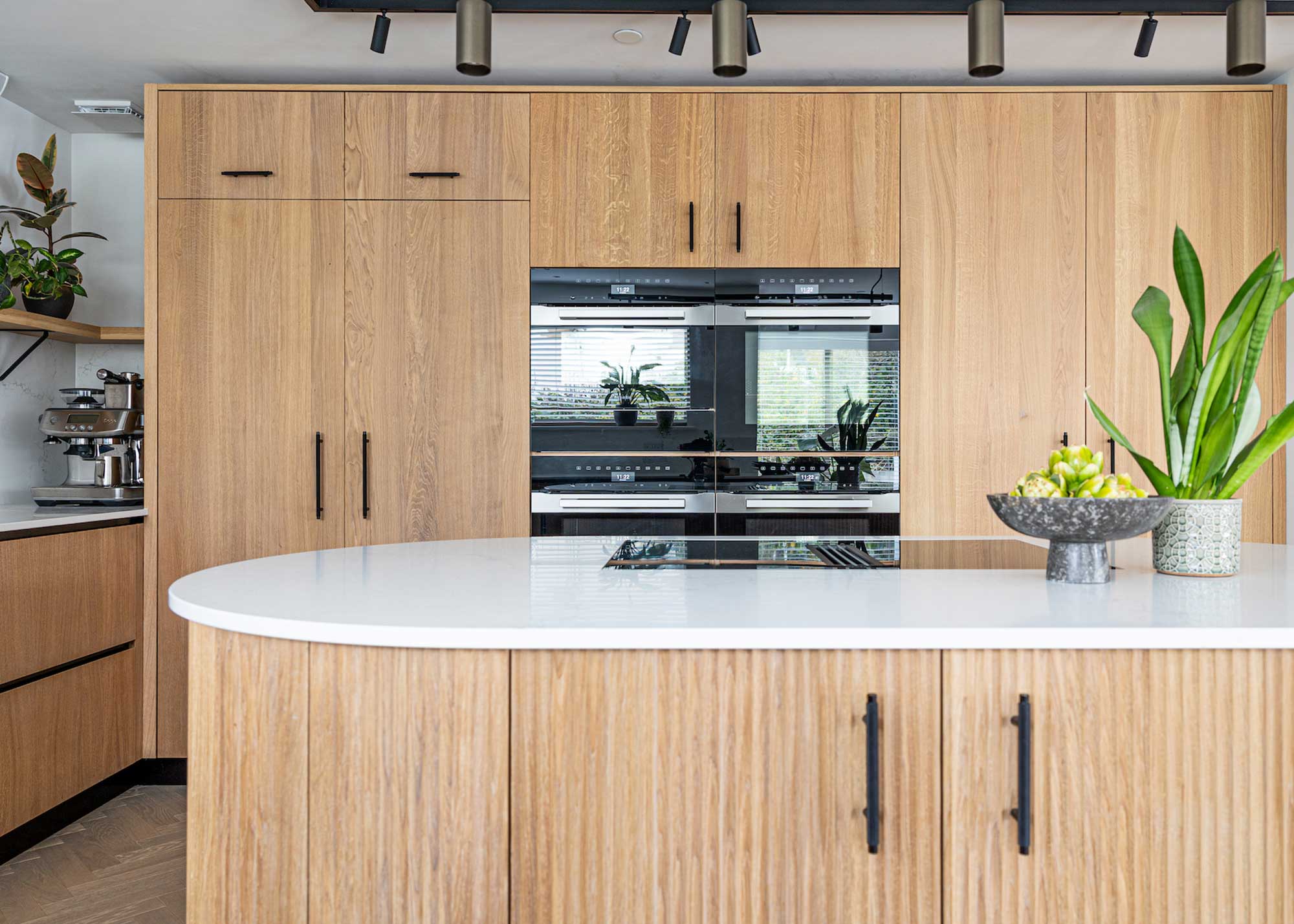
Anyone who has dabbled in the world of crystals has most likely come across the term quartz already. However, the quartz we're referring to is entirely different from the stone you'd find in your local jewellery store.
"Engineered Quartz is a manmade material," explains Oliver Webb, director of Cullifords. "The material is fabricated by crushing natural quartz minerals and mixing them with resins, polymers, and pigments, then moulding, compressing, and heating to create the slab."
The natural quartz minerals that make up the majority of this material are one of the most abundant minerals found on earth, occurring in a wide variety of colors and finishes, from the ever-popular rose quartz to the enchanting, blackened smokey quartz.
The Livingetc newsletters are your inside source for what’s shaping interiors now - and what’s next. Discover trend forecasts, smart style ideas, and curated shopping inspiration that brings design to life. Subscribe today and stay ahead of the curve.
"This manufacturing process allows for a vast range of colors and patterns, from soft neutrals to bolder, contemporary shades, offering a highly consistent and customisable aesthetic," says Richard Davonport, managing director at Davonports.
The natural quartz minerals used in the production of manmade quartz can determine the look of the final product, though by combining this natural mineral with other resins and pigments, you can create a truly custom slab, specially designed for your home. "It's designed to replicate the look of natural stone, but with greater consistency in color and pattern," says Gordon Fleck from Artisans of Devizes, "Because it's manmade, it offers a wide palette of tones and finishes that aren’t always possible in nature."
These additional resins and pigments not only serve an aesthetic function, but they also help to strengthen the material, making it a more durable surface, for countertops that last the longest possible.
As Jonathan Stanley, from Caesarstone, explains, "They have become the predominant stone surface in the market because of the advantages that they have over natural stone."
Over the past 50 years, Cullifords have established themselves as the leading supplier of high quality stones in the UK. With a huge collection of both man-made and natural stones alike, Cullifords can provide you with any matter of finish or looks, whether that's a statement-making marble, or a neutral granite slab, Cullifords will have exactly what you're looking for.
What Is Quartzite?
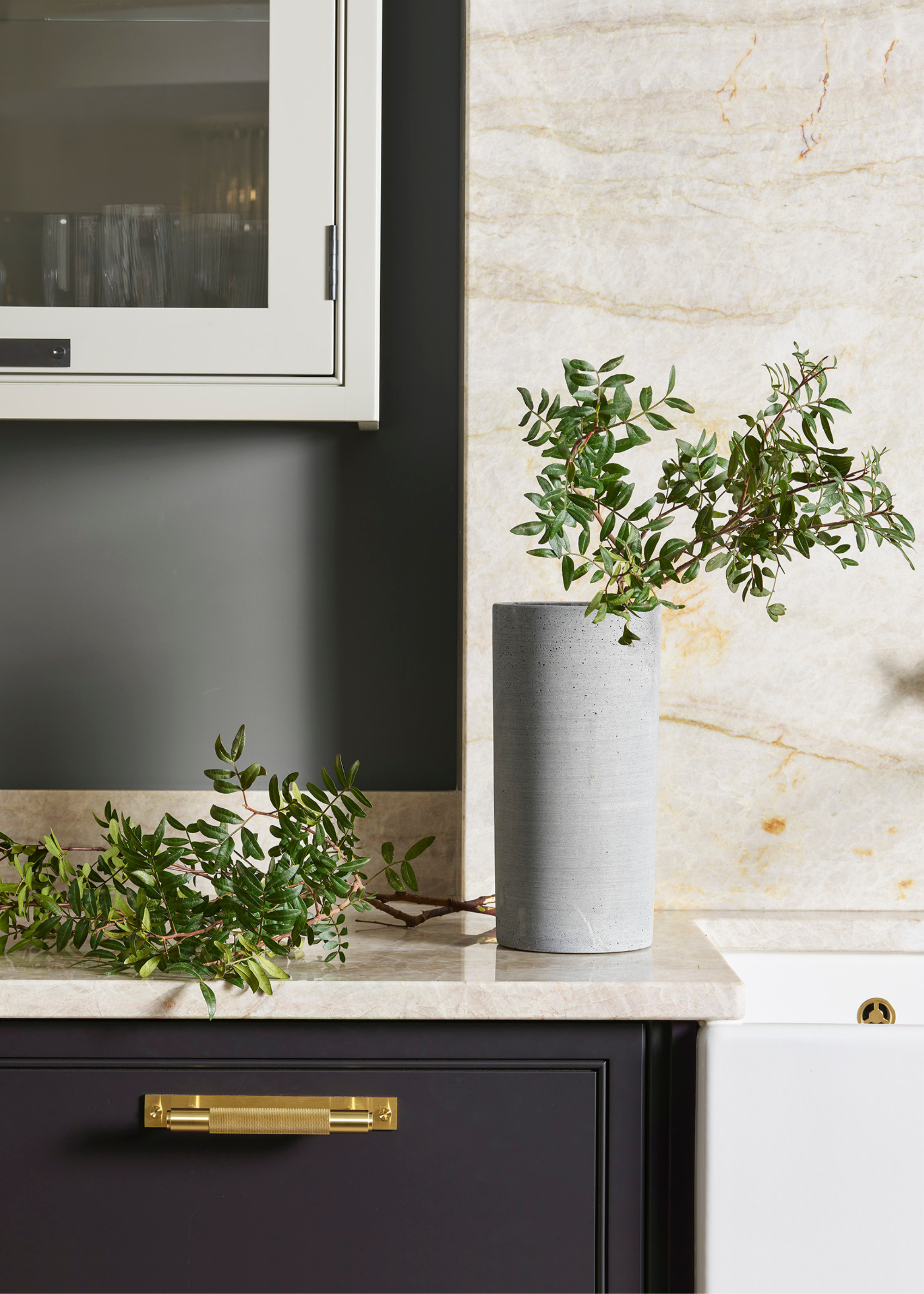
Quartzite, on the other hand, is a natural material that doesn't require the man-made production process needed to create quartz. Instead, it is formed through a natural process over the course of millions of years.
"Quartzite is a natural stone formed from sandstone that has been subjected to high heat and pressure over time," says Gordon, "The result is a dense, durable stone with a beautifully organic modern style, often featuring soft veining and tonal variation that’s unique to each slab."
This process takes place over millions of years, with the naturally quartz-rich sandstone withstanding centuries of heat and pressure until it is finally forced into the process of recrystallization, and reaches its final form as quartzite.
"Its beauty lies in its organic veining and unique character; no two slabs are ever identical. Typically, quartzite features more subtle, natural tones, think whites, greys, and beiges, making it a stunning choice for those who value authenticity and the raw beauty of natural stone," explains Richard.
Quartzite has a captivating, crystalline quality that enhances its popularity as a material, plus, its intense durability makes it an impressively strong option for countertops and other functions. Its natural tones make it a perfect complement to neutral color schemes.
Though, as Jonathan explains, "As with all-natural stones, there is a range within Quartzites of soft to hard, and this information must be understood in relation to the stone’s intended use, care, and maintenance. As with any product category, there are varying levels of quality from the top to the bottom of the market."
What Are the Differences Between the Two?
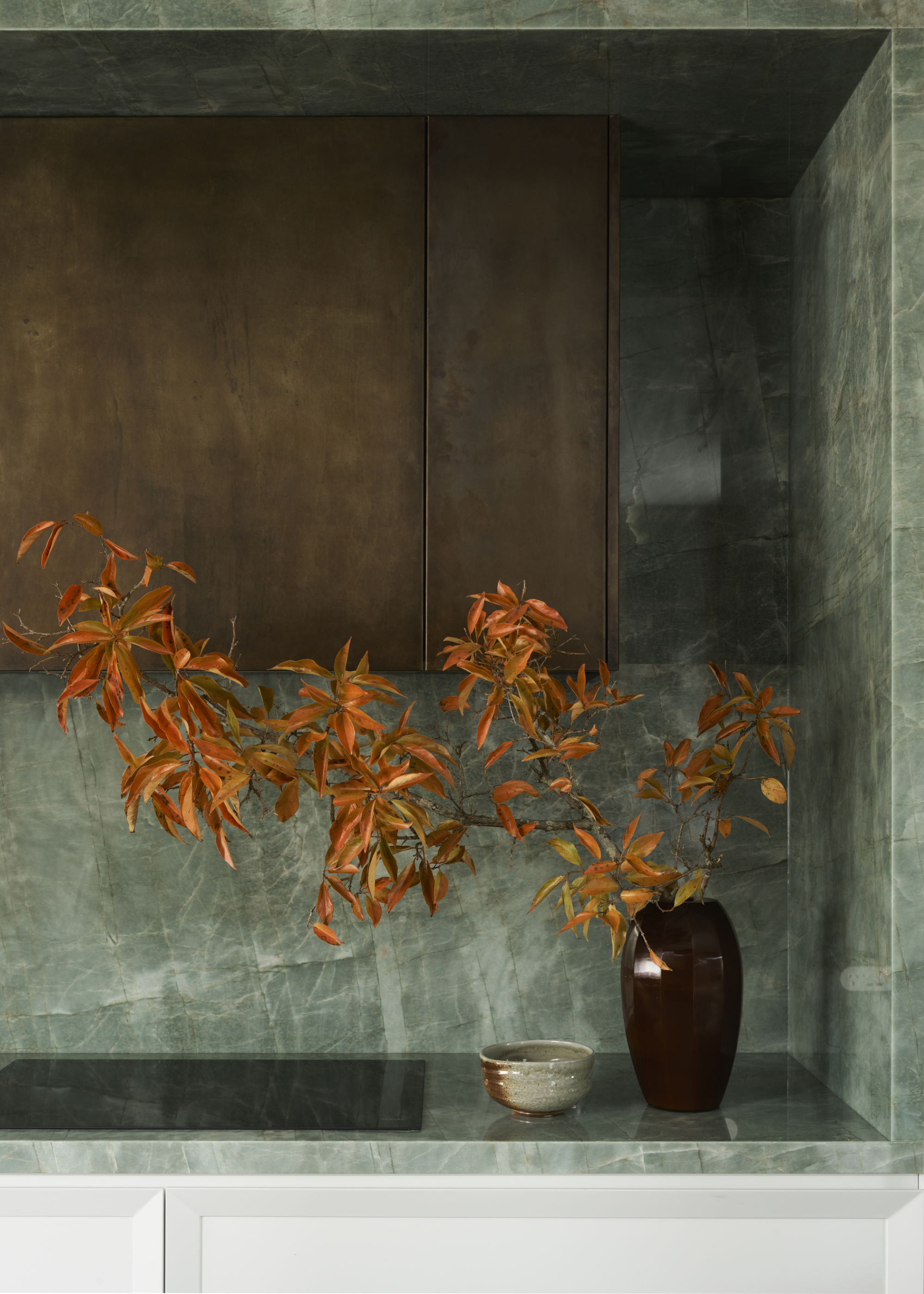
Beyond the process in which these two materials are formed, there are plenty of additional differences between these stones.
"In terms of performance, both materials are exceptionally hard-wearing, but they behave differently in practice," explains Richard, "Quartz is non-porous, meaning it does not require sealing and is highly resistant to staining, making it an excellent choice for busy family kitchens or utility rooms where ease of maintenance is key. Quartzite is extremely durable - harder than granite - but it is a porous material, so it does need to be sealed periodically to protect it from staining and etching, particularly in areas prone to spills and heavy use."
The need for a surface sealant may be an off-putting factor, especially for use in family kitchens, where mess and spills are practically inevitable. However, there are several variations of quartzite, some more durable than others.
As Oli explains, "A hard quartzite will perform more like a hard granite or engineered quartz, so it depends on the type of quartzite you choose."
Beyond performance, there are also noticeable aesthetic differences between the two materials that can shape the look of your kitchen worktop.
"Quartz tends to be more uniform and predictable in appearance," says Gordon, "whereas quartzite offers one-of-a-kind character with natural movement and veining."
This natural veining and color variation can make quartzite a more visually appealing option for those attracted to the look of natural stone.
For over three decades, Davonport has been crafting exquisite, bespoke kitchen designs for its clients. Led by luxury cabinetmaker and designer Richard Davonport, they strive to create sublime, timeless kitchens and interiors that are exclusively tailored to their clients unique living style.
When to Use Quartz

So, now that we have established the essential differences between the two materials, how can we determine which one is right for you?
"We tend to recommend quartz when clients are seeking a practical, low-maintenance kitchen countertop surface with predictable patterning or colour," says Richard, "It suits more contemporary designs where a cleaner, uniform look is desired. It's also ideal for interiors, but we advise caution if using quartz in spaces exposed to direct sunlight, such as garden rooms, as it can discolour over time."
Apart from its vulnerability to sunlight exposure, quartz is an exceptionally durable, life-resistant material, making it ideal for family homes or frequent hosts.
As Gordon says, "Quartz is a great choice for high-traffic family kitchens or utility areas where low maintenance is key. Its consistency in color and pattern also makes it useful in projects where a seamless look is important, especially in larger runs or for more contemporary spaces."
This consistency in color makes it an appealing choice for kitchen surfaces, especially if you're looking to create a sleek, waterfall countertop.
"Quartz materials are really good for kitchen work surfaces, and this is their main application," notes Oli, "They have the ability to create and change with the current trends, so the colours are constantly evolving, and being quartz, the surfaces are very hard. They are stain resistant, and the surface is very resistant to cutting on."
Though kitchens are far from the only environments well suited to this material, as Gordon comments, "It’s also highly recommended for bathroom or dressing room vanities. With a versatile array of designs, quartz offers both beauty and functionality, making it a perfect fit for contemporary and classic interiors alike."
When to Use Quartzite
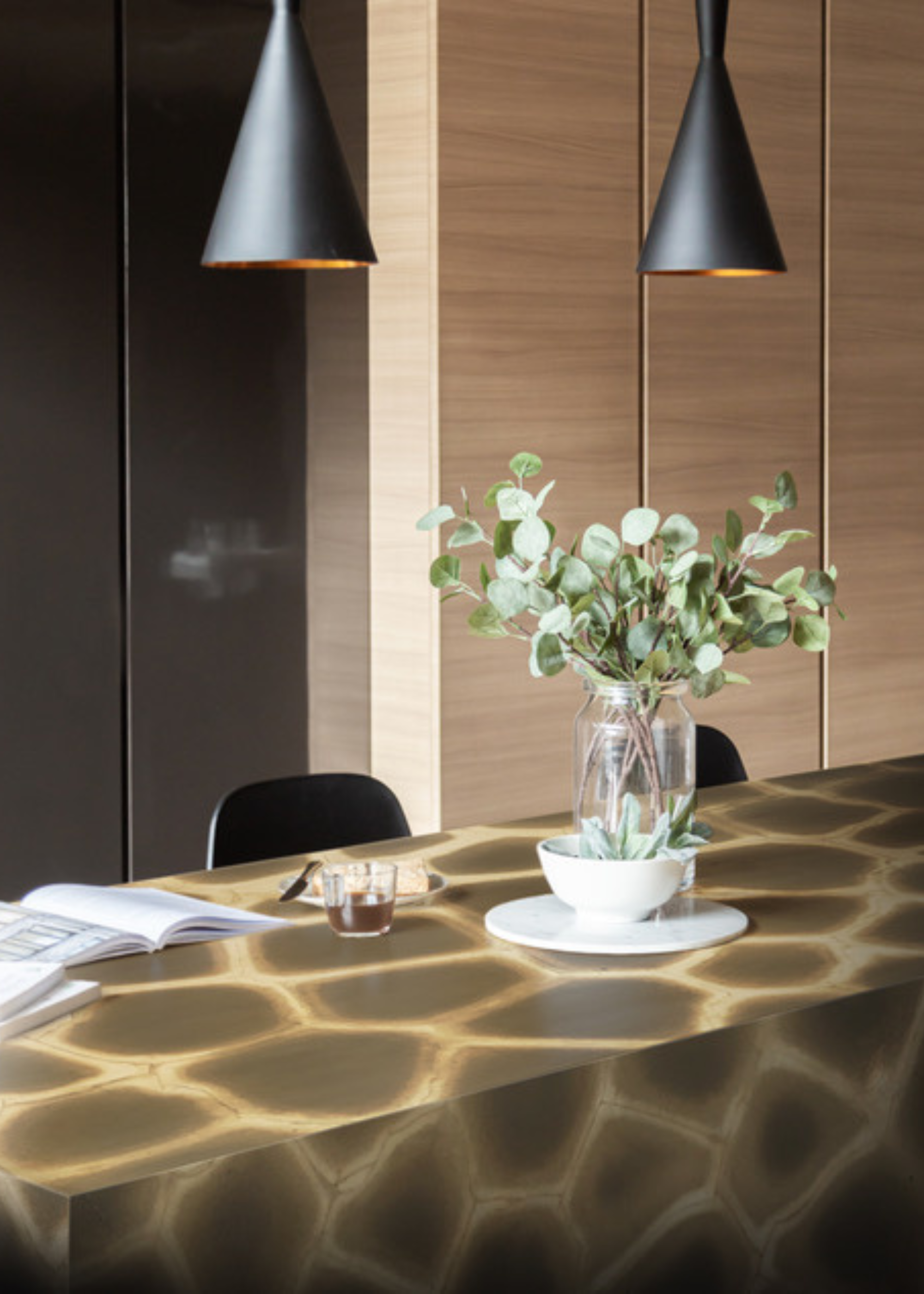
As a naturally occurring material, the main appeal of quartzite is the beautiful, natural variations in color and tone you can find with this stone.
"Quartzite is perfect for those who prefer the natural variation and movement that only true stone can offer," comments Richard, "It is also UV resistant, making it an excellent option for outdoor kitchens or garden features. However, clients should be prepared to care for it correctly; sealing it regularly and using gentle cleaners to preserve its beauty."
These extra steps needed when caring for quartzite are the most important factor to consider before choosing this material.
As Oli says, "Quartzites make for fantastic kitchen work surfaces, you just need to be aware of the type of stone you have chosen and the maintenance that is required."
The variations in types of quartzite will determine the level of care needed, with harder versions being more durable and resistant options. "A soft quartzite, for example, is undoubtedly beautiful, but it is not the right choice for everyone," says Oli, "It would require more maintenance and care than an engineered quartz surface, and you would have to live with the odd knock, scratch, stain, and etching."
Weighing up the importance of functionality versus visual appeal will help you in making your decision.
"However," Oli continues, "if you love something with character, soul, and timeless elegance and appreciate age and patina and a more natural beauty, then it is the ideal choice. A hard quartzite will hold up well as a kitchen work surface, so if you are looking for a natural stone with unique beauty, then a quartzite is perfectly suitable and a great choice."
Which One Do the Experts Prefer?

We've deciphered the differences and weighed the pros and cons, but which one do the experts actually prefer?
Well, Jonathan breaks it down for us, saying, "Natural stone such as quartzite is highly susceptible to staining and damage, especially in a high-traffic area such as the kitchen. To avoid substantial staining, homeowners would have to seal their natural stone countertops at least annually."
He continues, saying, "Quartz, on the other hand, requires virtually no maintenance. As a result, quartz has overtaken natural stone as the number one, most desirable countertop material on the market. This is due to the vast array of designs available, along with its inherent durability and non-porousness, making it heat-resistant, stain-resistant, and much easier to keep bacteria-free."
So, if you're looking for an easy but beautiful surface and a guaranteed way to have a low-maintenance kitchen, quartz is the way to go.
While the experts have a clear favorite, ultimately, the choice is up to the individual.
As Richard says, "The choice between quartz and quartzite depends on the priorities of the homeowner: whether it is absolute convenience and control over appearance, or embracing the natural imperfections and unmatched beauty of a material forged by nature itself."
Or, in the case that neither of these options appeals, why not have a look into some other marble alternatives, or exploring the differences between marble vs granite.

Maya Glantz is a Design Writer at Livingetc, covering all things bathrooms and kitchens. Her background in Art History informed her love of the aesthetic world, and she believes in the importance of finding beauty in the everyday. She recently graduated from City University with a Masters Degree in Magazine Journalism, during which she gained experience writing for various publications, including the Evening Standard. A lover of mid-century style, she can be found endlessly adding to her dream home Pinterest board.
